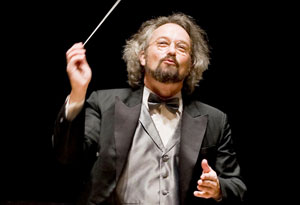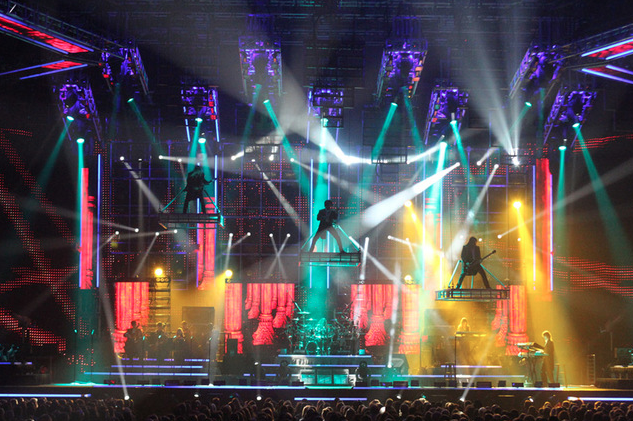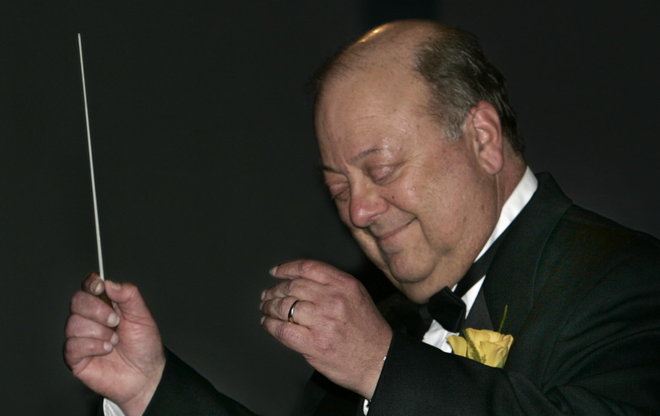
This weekend, the Milwaukee Symphony Orchestra premiered its newest concert, “Pictures at an Exhibition,” featuring guest conductor Carlos Kalmar. The show, named after one of Modest Mussorgsky’s most famous pieces, combined classical and modern symphonies masterfully and left the audience wanting more.
The concert consisted of four pieces –Prokofiev’s “Classical Symphony (Symphony No. 1)”, Neikrug’s “Concerto for Bassoon and Orchestra,” Schuller’s “Seven Studies on Themes of Paul Klee,” and Mussorgsky’s “Pictures at an Exhibition.” These four pieces represent an array of musical styles, and although very distinct, complement each other harmoniously. The flow of the concert was hardly ever broken.
MSO opened the concert with a playful rendition of Prokofiev’s “Classical Symphony.” The piece is lively and quick, an excellent choice to start the concert. Prokofiev’s dynamic, classical sounds set the stage for what was yet to come.
The second piece, Neikrug’s “Concerto for Bassoon and Orchestra,” was the newest of them all, making its debut in Milwaukee this weekend. Although this MSO co-commissioned piece was no match for the other symphonies of the night, Neikrug’s concerto did not disappoint and fit perfectly within the classics.
Following the intermission, Schuller’s piece directs the audience toward Mussorgsky’s masterpiece. “Seven Studies on Themes of Paul Klee” starts out shy and intriguing. The curious melody was rather slow-paced in comparison to the other pieces, but still had its place in the concert, especially when performed prior to the night’s special – “Pictures at an Exhibition.”
Mussorgsky composed “Pictures at an Exhibition” as a musical tribute to an exhibition of the works by Victor Hartmann, a close friend of his. The suite, originally composed for the piano, is a colorful piece, which masterfully recreates Hartmann’s works and gives vision to music. The Milwaukee Symphony Orchestra’s rendition of “Pictures at an Exhibition” also graced its audience with a powerful translation of images into sounds. The melody is flexible and the tone shifts repeatedly throughout the piece, imitating the feeling of being at an exhibition and shifting from picture to picture.
“Pictures at an Exhibition,” as a whole, shows the ability of the Milwaukee Symphony Orchestra to recreate masterpieces and its sentiment with any conductor, to any audience, on any day. The talented partnership between Kalmar and the orchestra resulted in a balanced blend of rich sounds, an indulgence that will surely encourage the audience to come back for more.



